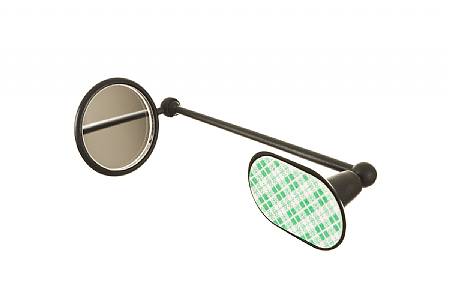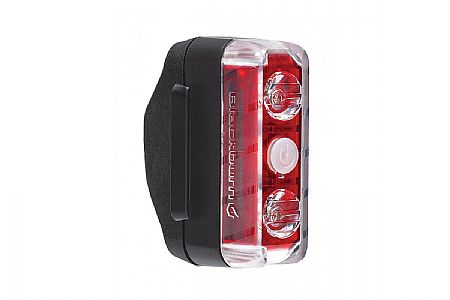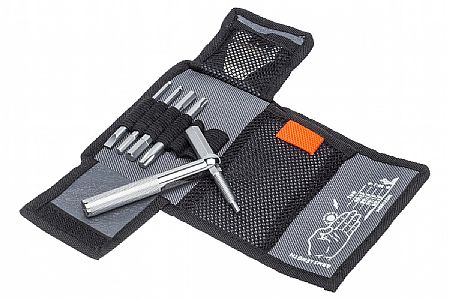
I've been using these helmet mirrors for many years, and rely on them continuously to keep aware of what may be coming up from behind, be it a pack of riders, a fast moving car, or a large truck. I have now supplemented this awareness with a Garmin Varia rear tail light with radar. The combination works great to keep me as safe as possible on the road. Only draw back is when I get off the bike and take off my helmet, I still find myself just tilting my head to see behind me, forgetting the mirror is no longer there.

After 7 years of usage. I decided it time to order another pair for both of my road bicycles. When they started needing close to an hour to fully charge. As to the many years of 10 minute fully charged time. But the originals still last 6 hrs on low strobe. Just hedging my bet? But rain or shine they have been worth every penny knowing they have my backside. People have commented they'd seen me from miles away. On our back country gravel shouldered county roads. Comments like that make me smile. Even on shouldered highways. Vehicles tend to give me a half a lane or at least 3 feet. So the Blackburn DayBlazers are like a warning beacon for my safety.

Affordable and easy to use, but a couple of strange design choices that have lead me to go back to my 15 year old rusty Topeak multi. First, the case is strange and doesn't quite close as well as it could. Second, there is no included phillips bit. Thirdly, and the biggest offense for me, is the decision to make the 3mm and smaller hex keys ball-end. When I'm on the side of the road making an adjustment, I don't need to be worrying whether or not I'm about to round out the 3mm bolts on my Thomson stem. It's a bizarre design choice and I can't think of any situation where I'd prefer ball-end over straight hex, especially in roadside/emergency situations.

This is quite easy to use, and works well for my presta valve on the 23s I ride on. I haven't had any issues with the valve connector. Many of these pumps are small and require a lot of work and repetitions to pump the tire up to even a small amount of air, but this is larger, about an inch in diameter and about 9 inches long, and really is pretty quick, at least enough to get you home.
Of course, the downside is that it's a little harder to sneak it away in a small bag attached to your bike, or always have it in your backpack, but I think it's worth that inconvenience.
This would be excellent for bike packing just because it would be your primary pump.
I wish it had another way to attach to the to the bike. It has a clip for attaching to a water bottle cage, which looks great, but I think it only works for the seat tube spot, and not if you already have a water bottle cage on it, and my bike has only the one on the down tube anyways. It's hard to find a way to attach it otherwise, but I think that's more of a me problem.